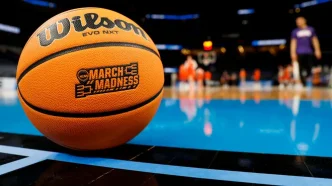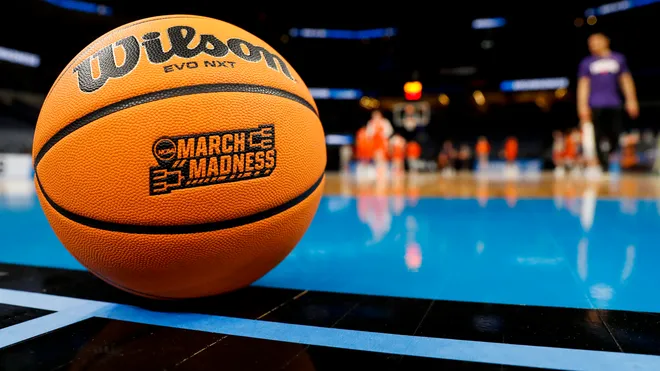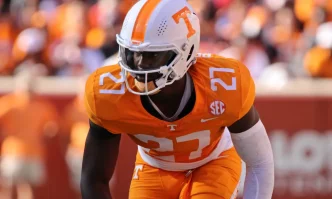In an exciting update for fans of men’s college basketball, the NCAA Playing Rules Oversight Panel has greenlit proposed changes that promise to elevate the game’s pace and integrity starting in the 2025-26 season. These changes focus on enhancing coaching opportunities and refining specific in-game rules, aiming to improve the overall viewing experience.
One of the most notable alterations is the introduction of a coach’s challenge system, similar to what we see in college football. This new rule will allow coaches to request a review of out-of-bounds calls and instances of goaltending or basket interference, provided they have a timeout available. If the challenge is successful, teams can keep their challenge and gain another for the remainder of the game, including overtime. However, if the challenge fails, that’s one less tool for the remainder of the contest. It’s important to note that this challenge won’t interfere with officials’ ability to use instant replay for timing errors, scoring discrepancies, or flagrant fouls.
In another key tweak, officials will now have the authority to initiate video reviews on goaltending, basket interference, and restricted area violations in the crucial final minutes of regulation and overtime. The data backing this adjustment reveals that such reviews typically cause minimal interruptions, making a strong case for a smoother flow of play. The NCAA asserts that these changes are geared towards enhancing the rhythm of the game, something players and fans alike can appreciate.
On the offensive side, the continuous motion rule will see an important adjustment. Moving forward, if an offensive player drives toward the basket and draws contact from a defender at the end of their dribble, they’ll be allowed to pivot or take an additional step to complete their shot. This change aims to reward players for aggressive play and will help paint a more dynamic picture of scoring opportunities.
Interestingly, discussions also surfaced last month regarding a potential shift in the game structure from halves to quarters. Though any change on this front is still in the exploratory phase, it signifies a growing conversation around the game’s format. There are challenges to overcome, particularly regarding how media timeouts would be arranged to maintain commercial interests. The NCAA encourages its Division I conferences to engage in discussions to gather insights on this potential transformation.
In another stride toward player safety, officials will now have the ability to call a Flagrant 1 foul if a player makes contact with the groin area of an opponent. This change expands the criteria for foul calls, which previously left officials with limited options.
Furthermore, any player trying to gain an unfair advantage by using the rim will now find themselves penalized for basket interference. On the logistical side of game management, if one shot clock fails, the other can still be utilized, a switch from the prior requirement which necessitated turning off both clocks when one malfunctioned.
Overall, these proposed changes represent a concerted effort by the NCAA to advance the flow, safety, and fairness of men’s college basketball, making the game more enjoyable for players and fans alike. As we look forward to seeing how these adjustments will play out, one thing is clear: the NCAA is committed to evolving the game while maintaining its core spirit.







